Solidatus Recognized in 2022 Gartner® Market Guide
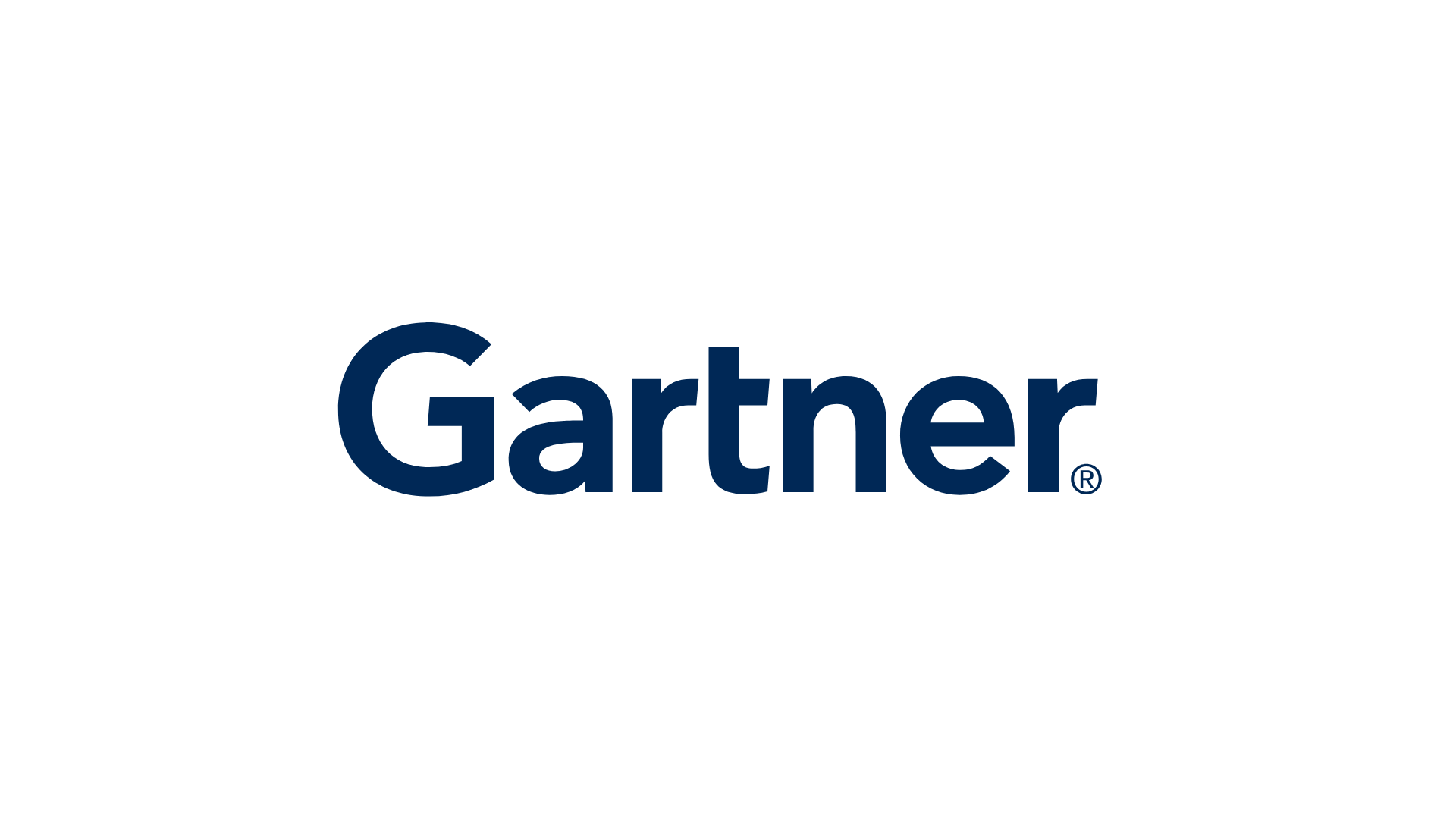
 Regulatory Compliance
Regulatory Compliance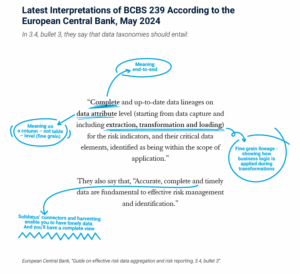
Navigate BCBS 239’s rigorous standards with advanced data lineage
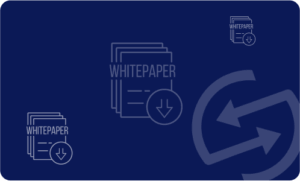
Discover how to stay ahead in the evolving regulatory landscape of BCBS239
 AI
AI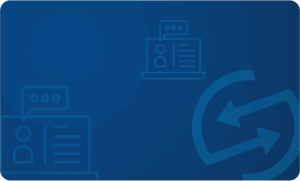
On Demand
Find out about the role of AI and advanced data lineage as AI reshapes the future of business
Read more about data lineage and its business impact, including on AI, BCBS 239 and more
 Change Management
Change Management
Download this whitepaper for essential advice and guidance on moving to the cloud and succeeding once you’re there. Plus, we discuss regulatory considerations, how to get started, and include a handy pre-migration checklist.

An asset management firm used Solidatus to carry out a multiyear digital transformation project
 Data Governance
Data Governance
Mapping and modelling a data estate - and showing which data is subject to GDPR

Understand the business impact of basic data lineage vs modern, advanced data lineage
 Data Products
Data Products
On Demand
Hear how Solidatus supports the LSEG Data & Analytics Data Trust Programme

On Demand
Find out about the role of AI and advanced data lineage as AI reshapes the future of business
 Decision Making and Reporting
Decision Making and Reporting
How data lineage supports Solidatus customers with reporting and decision making

Understand the business impact of basic data lineage vs modern, advanced data lineage
 Operational Resilience
Operational Resilience Data Lineage
Data Lineage
Microsoft names Solidatus as key technology partner in their reimagined data governance experience with Microsoft Purview.

Understand the business impact of basic data lineage vs modern, advanced data lineage
 Integrations and Solutions
Integrations and Solutions Agentic AI
Agentic AI
On Demand
Find out about the role of AI and advanced data lineage as AI reshapes the future of business

Understand the business impact of basic data lineage vs modern, advanced data lineage

Past Event
Join us in New York City (or virtually) on December 9th to hear from industry experts and practitioners and network with your peers as we explore critical data management and advanced analytics topics. DataVision 2025 is COMPLIMENTARY for members, prospective members, guests and all data management professionals.

Past Webinar
Deliver clarity from chaos - at speed. Data lineage is one of the most critical foundations for governance, compliance, and transformation, but getting started can feel like climbing a mountain.
 What is Data Lineage?
What is Data Lineage? Blog
Blog Webinars and Events
Webinars and Events
Past Webinar
Deliver clarity from chaos - at speed. Data lineage is one of the most critical foundations for governance, compliance, and transformation, but getting started can feel like climbing a mountain.

Past Event
Join us in New York City (or virtually) on December 9th to hear from industry experts and practitioners and network with your peers as we explore critical data management and advanced analytics topics. DataVision 2025 is COMPLIMENTARY for members, prospective members, guests and all data management professionals.
 Case Studies
Case Studies
How RLAM used Solidatus to carry out critical digital transformation initiatives

HSBC's scalable lineage solution is applied to many uses, from ESG to liquidity calculations and more
 Whitepapers
Whitepapers Factsheets
Factsheets Podcasts
Podcasts
"Having that complete picture of your data estate is foundational for data governance". In this podcast, Nicola Askham, The Data Governance Coach, speaks with Steve Neat, CRO at Solidatus, about the importance of data lineage for regulatory compliance, AI, and more.

"Approvals are now sought and gained in minutes, rather than in months". In this podcast, Susan Walsh, Founder and MD of The Classification Guru, speaks with Kate Platonova, Group CDO at HSBC, and Lorraine Waters, CDO at Solidatus, about how HSBC is modernizing data sharing with their DataVisa initiative.
 FAQs
FAQs Careers
Careers
Solidatus announce a strategic investment from Citi, the leading global bank. Citi is also implementing the Solidatus platform internally, at a global enterprise level.
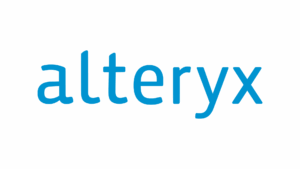
Solidatus has enhanced its alliance with Alteryx, helping shared customers visualize data flow across their Alteryx workflows through the Solidatus interface.
 Contact
Contact
"Vietnam is poised to pass a new decree that will bring the nation into line with its peers across APAC and internationally when it comes to personal data protection."
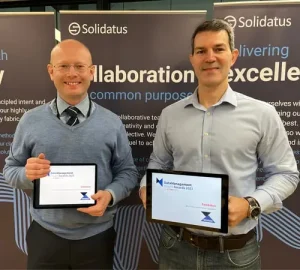
We are excited to announce that we have been named as the winners of two categories at the A-Team Data Management Insight Awards 2021.
 News
News
Andrew Foster, the bank's chief data officer, explained how he has been instilling data discipline across the organization and making the bank's data AI-ready.
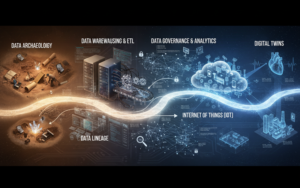
Data management must now grow and evolve a new arm that extends to data lineage control. As data streams flow through IoT machines, users, applications The ability to map and manage living data systems could be set to become an essential part of how enterprises build resilience and maintain trust.

Last month, Gartner® published its Market Guide for Active Metadata Management*.
We were delighted – but not surprised – to see that Solidatus was named a Representative Vendor in this Market Guide report as to us, active metadata is at the heart of everything we do.
But what is active metadata?
In the report, Gartner describes active metadata management as “a set of capabilities across multiple data management markets, led primarily by recent advancements in how metadata can be used for continuous analysis. Data and analytics leaders must consider the market evolution as transformational in all data-enabling technologies”.
In our opinion, this is a great overview, and we’d recommend you read the full report. Highlights include:
But we think active metadata means slightly different things to different vendors.
In this short blog post, a prelude to a series of more detailed blog posts on this increasingly important subject, we summarize what active metadata means to Solidatus and its growing body of users.
It took others to identify and name active metadata. But – as with DNA itself, which obviously existed before Watson and Crick discovered and named it in the 1950s – active metadata is, and has always been, in our DNA.
It’s what we do and it’s what underpins our technology, through whichever use case lens you view our data lineage solution.
It starts with metadata itself, which we’d define as a special kind of data that describes business processes, people, data and technology, and the relations between them, bringing context and clarity to the decisions that link them. Traditional examples include data catalog and business glossary.
This brings us to active metadata. We believe our definition resonates with Gartner’s: the way we see it, active metadata is the facility to reason about, visualize dynamically and gain continuous insight from information about data, data systems, business entities and business concepts, the relations between them, and stored knowledge about them.
So, what makes active metadata active and why is it so different from what went on before? At Solidatus, we’d answer these questions with four points:
The consequence of all of these is continuous insight. It’s more dynamic, it’s more complete, it’s based on context as well as content, and it respects standards.
It’s a whole different ballgame.
We’ll expand on these in future blog posts, but anyone familiar with Solidatus will immediately appreciate how we sit right in the centre of this space.
We’ll finish by contextualizing active metadata, at least as we see it, in terms of what’s delivered, the attributes of an active metadata solution, and – crucially – the main areas for which it can be used.
What’s delivered
An active metadata solution:
Solution attributes
An active metadata analytics workflow:
Active metadata assets are used to create insight solutions which, among other things, enhance:
Above all, the benefits of good metadata capabilities boil down to: making business information complete, coherent, informed and logical; delivering faster, richer and deeper insight; keeping everything up to date; and making your processes reliable and responsive.
Watch this space for our detailed follow-up blog posts and, as ever, we encourage readers to request a demo of Solidatus.
To read more on this subject, see What is active metadata? and Mining value from active metadata.
*Gartner, “Market Guide for Active Metadata Management”, November 14, 2022.
GARTNER is a registered trademark and service mark of Gartner, Inc. and/or its affiliates in the U.S. and internationally and is used herein with permission. All rights reserved. Gartner does not endorse any vendor, product or service depicted in its research publications and does not advise technology users to select only those vendors with the highest ratings or other designation. Gartner research publications consist of the opinions of Gartner’s Research & Advisory organization and should not be construed as statements of fact. Gartner disclaims all warranties, expressed or implied, with respect to this research, including any warranties of merchantability or fitness for a particular purpose.
In the latest Gartner® report, find out what active metadata is, how to use it, and how to get started.
Published on: December 1, 2022
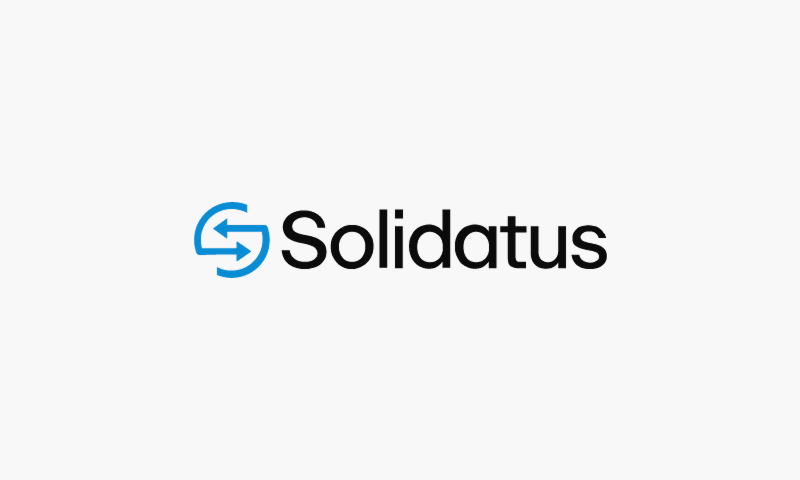
Published on: October 30, 2025
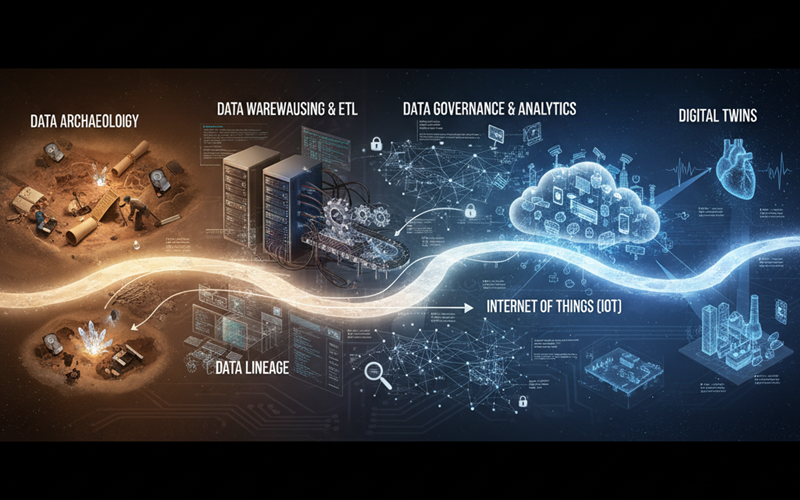
Published on: October 3, 2025

Published on: October 1, 2025

Published on: March 17, 2025

Published on: January 31, 2025

Published on: March 27, 2024
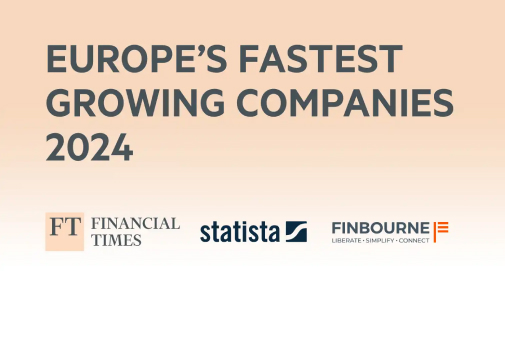
Published on: March 6, 2024

Published on: December 7, 2023

Published on: December 1, 2023

Published on: November 2, 2023
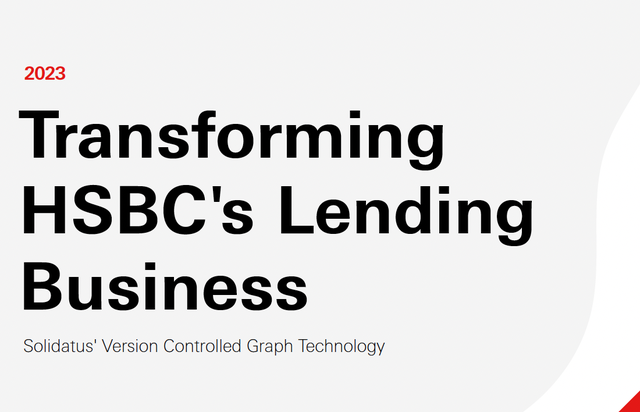
Published on: August 23, 2023

Published on: March 20, 2023

Published on: March 15, 2023

Published on: February 19, 2021

Published on: November 16, 2020

Subscribe for latest news, blogs and resources.
